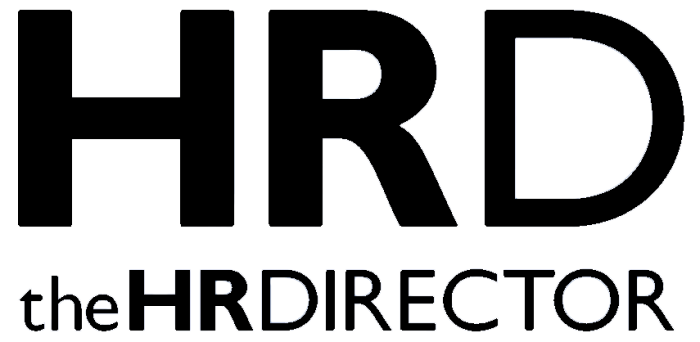Employee wellbeing is becoming an increasingly important aspect of running a business. According to Mental Health UK’s Burnout Report 2025, over one in three (34%) adults reported experiencing high or extreme levels of pressure or stress ‘always’ or ‘often’ last year. This has undeniable consequences for workplace productivity.
CEOs must therefore ensure they are implementing a workforce wellbeing strategy that ensures individuals get the support they need. This is vital in supporting retention and maintaining a healthy, resilient workforce. With a range of generations existing side by side in the modern workplace, CEOs must ensure this strategy includes offering benefits that cater for people’s different life stages, meaning a one-size fits all approach won’t suffice.
At Healix, we have experienced increasing demand from employers looking to introduce non-standard benefits, including menopause support, women’s and men’s health benefits, LGBTQ+ benefits and neurodiversity support.
However, before introducing benefits to workers, employers must consider their company culture. The success of these perks will depend on how they are communicated, alongside the right structures and processes.
Perks offered must also align with the company’s mission and values – for example if a company openly supports and champions diversity, benefits must be introduced that support those from diverse backgrounds to thrive – such as LGBTQ+ people or those with disabilities.
Facilitating employee buy-in through positive culture
Wellbeing perks are likely to be limited in the benefit they can provide if an employer leaves workers in a position without time for family or nurturing their life outside the workplace.
To get the introduction of non-traditional benefits right, it’s important that managers understand how to communicate these benefits, but also how to direct people to the right resources.
This includes taking the time to support employees with flexible working requests, or holding meetings where managers encourage open dialogue to gather feedback and suggestions. This can also help managers to feedback to the board on how benefits can be better tailored to meet employees’ needs.
Also, if an employee has concerns about using certain benefits, such as fear of judgment or negative career impact, managers can address these directly, reassuring them and pointing them towards mental health support that can help to alleviate their concerns.
Regularly promoting and reinforcing benefits is key
During my conversations with fellow business leaders, the question of how non-traditional benefits can best be communicated to employees as a way of encouraging uptake has come up time and time again.
Managers should regularly remind employees about the benefits available, especially during busy or stressful periods when resources may be most needed.
Including discussions about non-traditional benefits into performance reviews or conversations about development can serve to reinforce their importance.
Employers can also consider providing resources or tools that help employees make the most of non-traditional benefits including workshops or providing regular communications including use-cases.
CEOs must however consider that nurturing wellbeing may involve more than running initiatives. Implementing the right strategy might mean changing the processes around the hiring of senior managers for example, as it’s important that they are able to empathise and be a “people manager.”
Taking a holistic approach
CEOs shouldn’t simply introduce wellbeing initiatives as a plaster to organisational difficulties. Progression opportunities including training, promotions and skill development are all highly important and when coupled with wellbeing support, can lead to sustained growth for employees, and result in positive company growth due to increased retention.
With a Gartner report finding that the vast majority of employees say it’s important for their company to see them as a person, not just an employee, its key that non-traditional benefits are not only introduced, but they’re brought in simultaneously to firms providing purpose driven work and a strong sense of community.
There are many ways this can be achieved, including offering a platform for employees to give their opinion, providing recognition and incentives, or spending time with team members to reflect on the impact the company has on the world, and their role in that. This helps to foster deeper connections between employees and helps managers to understand team members better. This in turn enables them to recommend wellbeing benefits to the board that can further support people to flourish.







